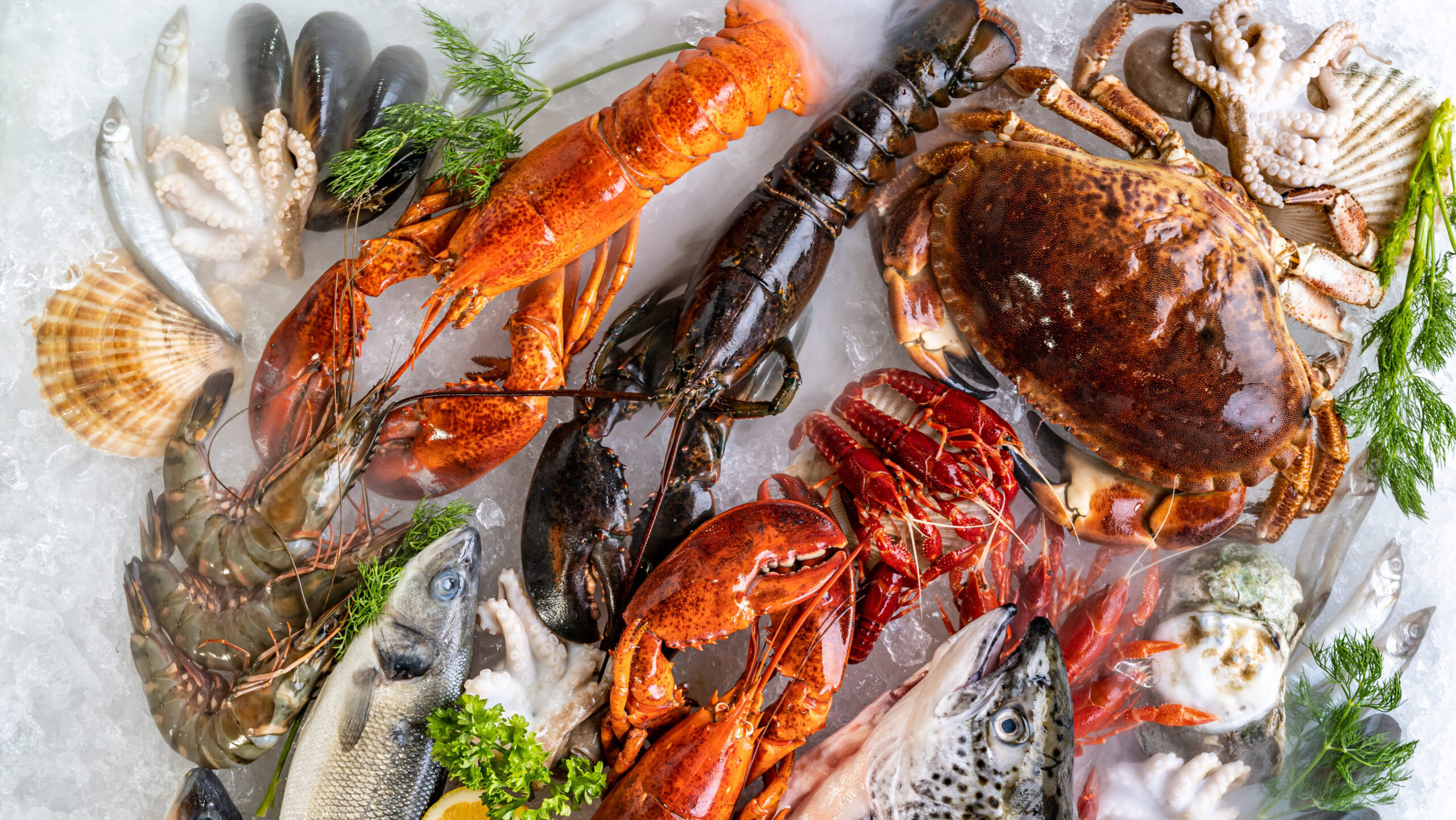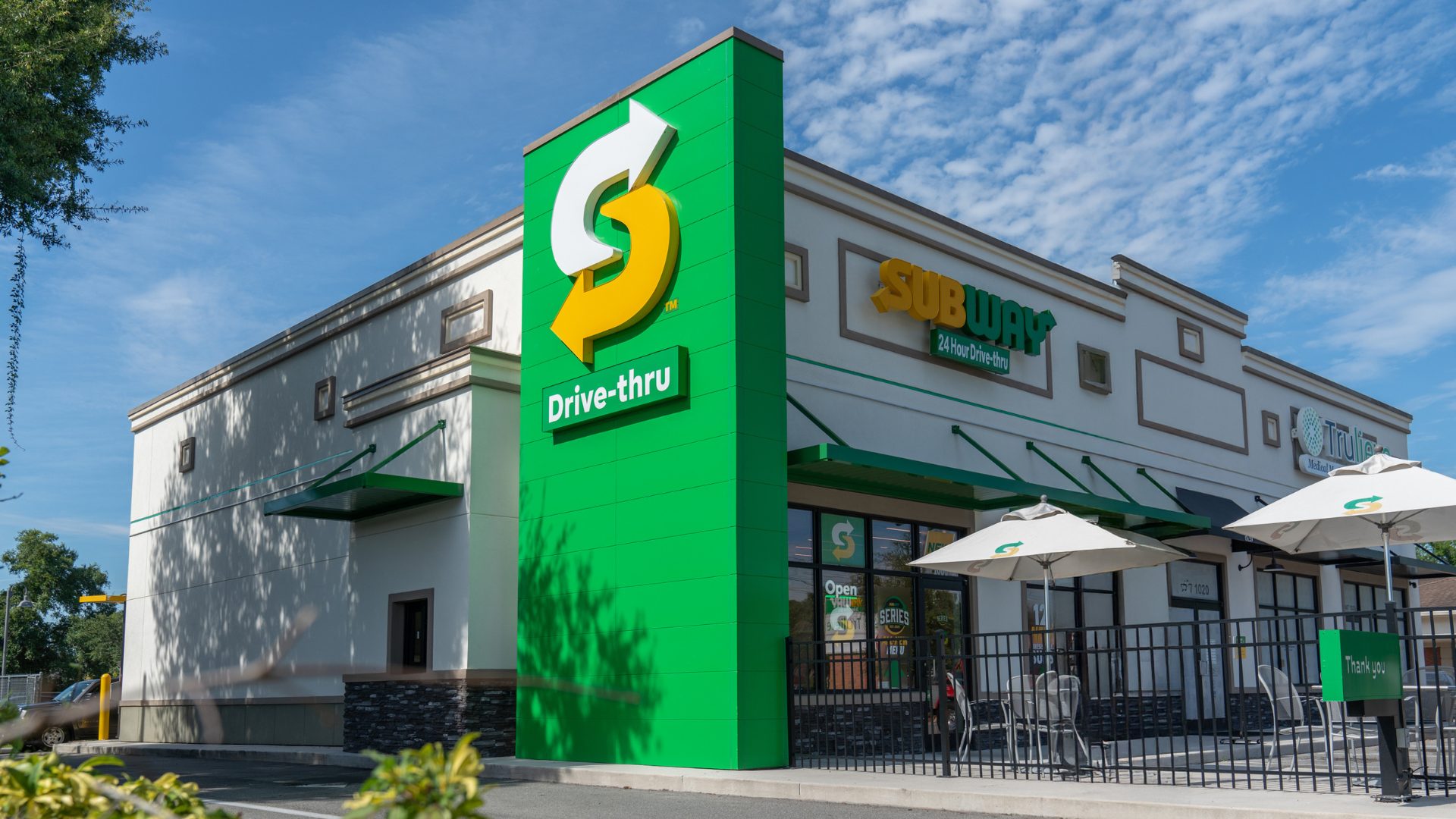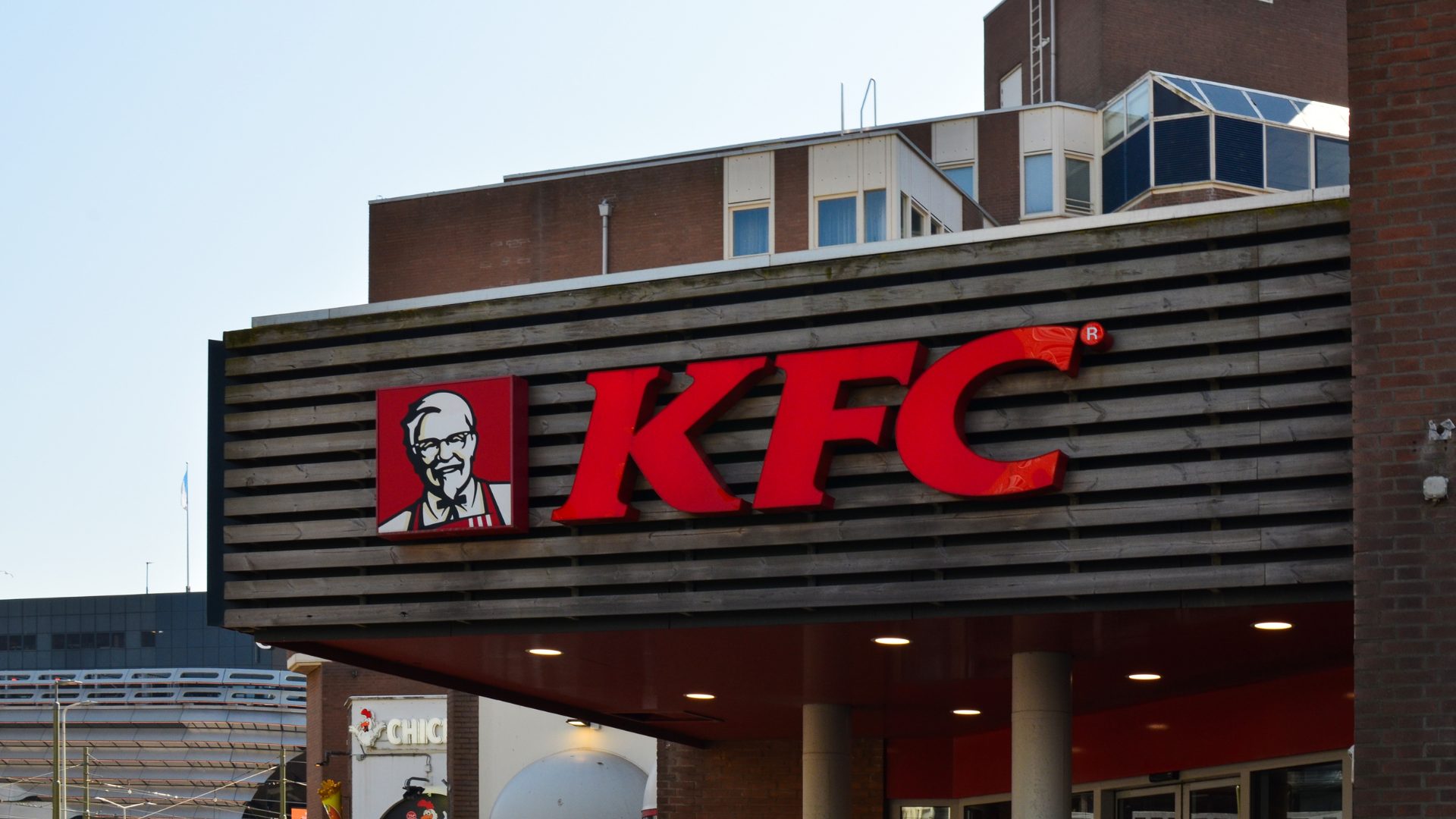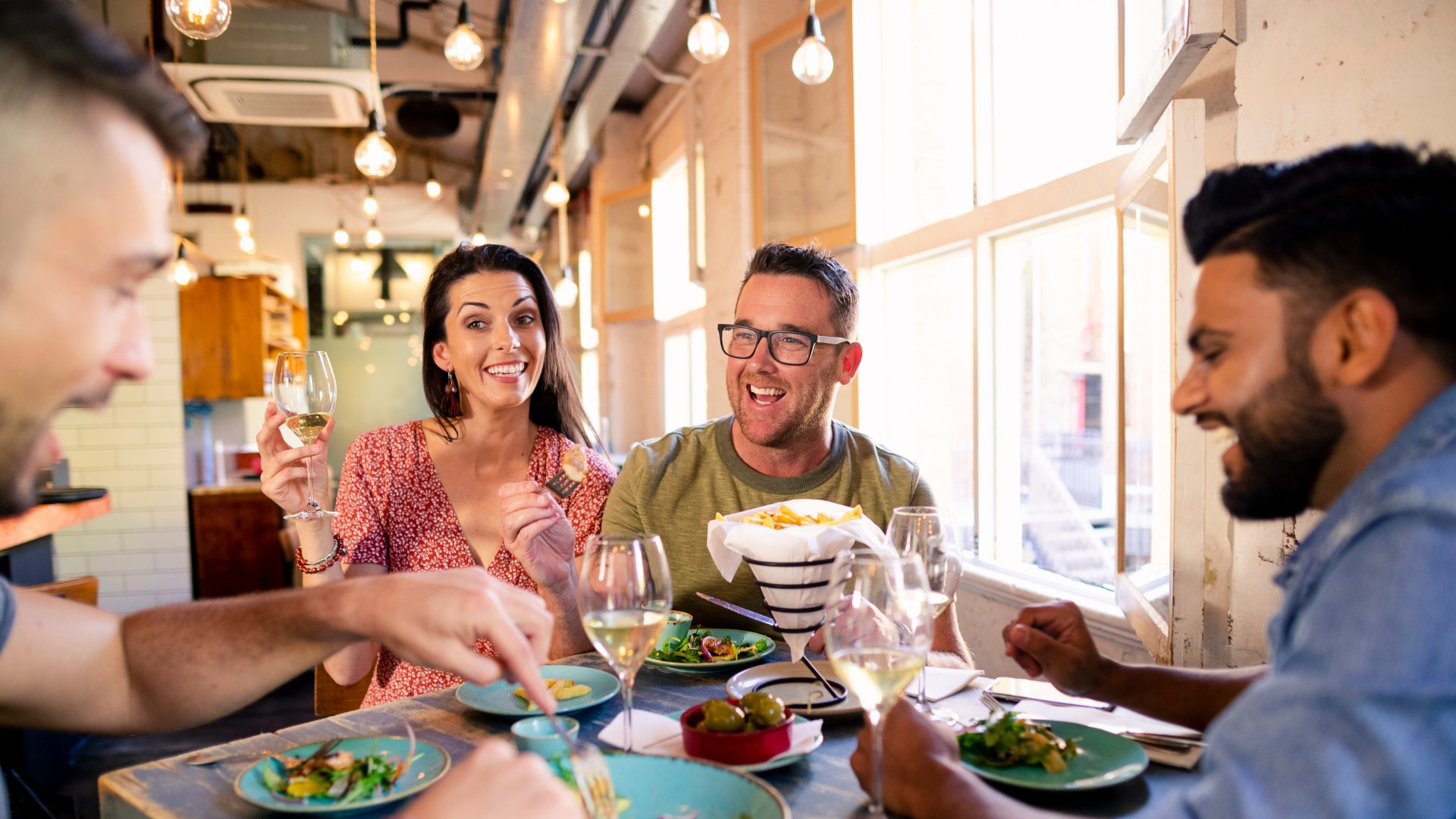What’s the outlook for seafood restaurants as Red Lobster appears to sail into the sunset?
Prior to filing for bankruptcy in May, the chain was the highest grossing seafood restaurant in the U.S. Per the National Fisheries Institute, Red Lobster’s estimated sales in 2024 were $2.4 billion – nearly double that of Landrys’ combined seafood outlets ($1.2B) and three times the size of Yum Brands’ Long John Silvers ($800M).
To gain insights into the future of seafood dining, The Food Institute spoke with Andy Diamond, president of Angry Crab Shack, a restaurant franchise with 24 locations across the U.S.
Diamond unpacked key takeaways from Red Lobster’s downfall and how operators are staying ahead of volatile seafood market pricing to deliver the value offers that today’s consumers are fishing for.
FI: As a seafood restaurant operator, what lessons have you learned from the downfall of Red Lobster?
Diamond: Lessons learned from the bankruptcy of Red Lobster are relevant to all restaurant operators.
While much is being made of the “all-you-can-eat shrimp promotion” as the underlying reason for [Red Lobster’s] bankruptcy, I look at a possible reason why it offered the promotion in the first place…. its inability to attract new and younger consumers.
The biggest lesson for operators is to never be satisfied with what has already been achieved. Restaurants should always look to improve their product, operation, and brand. Self-scouting and evaluation are valuable tools restaurants should use to determine whether they’re meeting guests’ expectations.
Refreshing your brand while remaining true to your core principles will ensure you are creating new consumers by reaching younger generations, all while still connecting with your current customer base.
FI: Where do younger generations stand when it comes to dining out at seafood restaurants?
Diamond: For the younger generation, health and wellness are important, making seafood an attractive option. Younger consumers are more adventurous and willing to try new food and beverages as they’re looking for an experience, not just a meal.
In addition to their main menu offerings, seafood restaurants need to find a variety of ways to serve items and offer customization to their guests, such as different sauce and spice options. Apps and social media platforms are a great way to reach and attract new and younger guests.
Videos and pictures of diners enjoying their meal draw attention, but restaurants should also highlight how they impact their community. Today’s diners want more from the restaurants they choose to frequent and support.
FI: What’s the outlook for seafood restaurants from your perspective? How does Red Lobster’s exit change the landscape for independent chains?
Diamond: The closing of Red Lobster has not affected consumer demand for seafood. With the health benefits of seafood, it remains a popular dining option and I expect growth to be strong in the short and long term.
Inflation has created a greater demand for value. As a result, restaurants will have to balance their offerings with lower price options, specials, and promotions.
While restaurants like Angry Crab Shack and Red Lobster both offer seafood, the menu, style, and environment of the brands are much different. Some of our locations might realize an increase in guest traffic due to the proximity of a former Red Lobster, but their closing will not affect our business model or plans for expansion.
FI: How do you offer seafood affordably in 2024, especially when many seafood items are such volatile commodities that fluctuate in price so often?
Diamond: Not all seafood menu items are subject to volatile price fluctuations. Shrimp, for example, is farm raised and does not fluctuate like other items.
Establishing relationships with vendors and distributors helps stabilize costs, allowing a majority of our menu to remain attractive to price conscious consumers.
For seafood menu items that are subject to price fluctuations throughout the year, purchasing bulk quantities allows Angry Crab Shack to avoid monthly and even weekly jumps in the cost of these items. We are always looking six to nine months ahead when purchasing items such as King and Snow Crab.
Menu analysis and development are an important part of offering an affordable menu. Creating attractive seafood combos and offering a full menu, including non-seafood dishes, allows for flexibility in pricing while providing value for our guests.
The Food Institute Podcast
How are foodservice consumers contending with persistent inflation? Are they eating more at home, for example, or continuing to treat themselves at their favorite restaurants? The latest episode of The Food Institute Podcast examines that topic with Krystle Mobayeni of BentoBox, who dissected rapidly evolving consumer dining dynamics.











